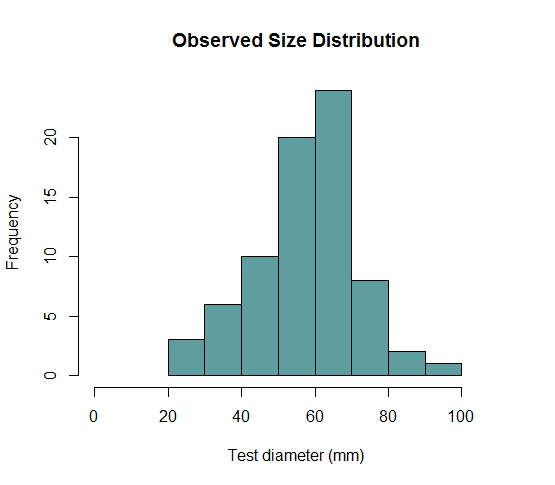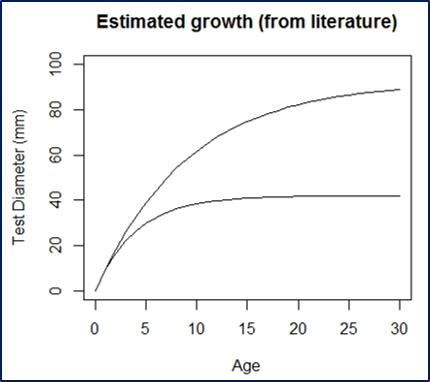
There’s been much talk in the local dive community recently of an urchin take over in Puget Sound’s urban waterways. Divers at some of Seattle’s busiest dive sites have noticed a sudden influx of green urchins, Strongylocentrotus droebachiensis. They travel in hungry mobs, marching with the help of lots of little tube feet, presumably in search of greener pastures. At dive sites like Seacrest Park, in West Seattle, you can see them covering submerged objects by the hundreds, clearing the substrate of algae and smaller invertebrates as they go.

Long-time divers note this is the first they’ve seen green urchins out in such force. What’s more, the apparent invasion seems timed with the recent die off of large sea star predators due to sea star wasting syndrome. In particular, the sunflower star, Pycnopodia helianthoides, was hit hard by the disease in the fall of 2013, and is known to be an important predator of green urchins. Any diver who’s seen green urchins clambering over one other in response to an approaching Pycnopodia will agree that urchins take the threat quite seriously. So perhaps the two events are connected….
Has the absence of Pycnopodia caused the urchin population to explode? To address this, here are a few points I think are important to consider:
– The majority of green urchins that I’m seeing at sites in Seattle are 25-30mm in diameter or larger. Here’s the size frequency distribution I found back in November (below) when documenting the urchin barren that recently formed at Elliott Bay Marina Breakwater. The urchins I’ve seen at Seacrest Park are of a comparable size range.

– Based on published growth parameter estimates for S. droebachiensis (below; see Chapter 18 by Scheibling and Hatcher in Edible Sea Urchins), we know that individuals of this size range (25mm in test diameter or greater) are at least 2-3 years of age. Green urchin recruitment occurs in the winter and spring, so we expect baby urchins that have settled since Pycnopodia populations disappeared in fall 2013 are no bigger than 15mm across at this point.

Therefore, we cannot conclude that the high urchin densities we’re seeing at some sites are the result of an increase in population size. While juvenile urchins could very well be experiencing lower predation rates in the wake of sea star wasting syndrome, those that have actually arrived since the disease hit are not the ones we’re seeing out in force at dive sites like Seacrest Park.
So what is going on?
It’s important to note that urchins of all kinds are commonly found in very patchy distribution patterns. In some cases, this is the clear result of patchiness in predation, as Jane Watson and Jim Estes have documented beautifully in their work on red urchins around Vancouver Island (Watson and Estes 2011). In other cases, the reasons for their patchy distribution pattern are unclear.
It’s possible that the mass mortality of Pycnopodia has shifted the behavior of green urchins, allowing them to aggregate and travel more freely from one location to the next. The formation of urchin mobs may just as easily be the result of a localized depletion of algae and other food resources, however. Since we don’t even know where these urchin aggregations were living before they showed up at common dive sites, it’s quite hard to tease apart what caused their mobilization in the first place.
Lastly, I’ll add that patchiness in the distribution patterns of species like green urchins is a phenomenon that occurs over both space and time. Who knows what green urchin populations looked like 100 years ago, or even 500 years ago. If in fact the increase in urchin densities proves to be widespread and persistent, we can certainly expect to see some changes in the community of species that dominate Seattle’s subtidal ecosystems (urchins are quite effective at clearing space on hard structures and facilitate high turnover rates of sessile invertebrates and macroalgae). Whether such changes are “desirable” or “undesirable”, “natural” or “unnatural”, “destructive” or “restorative”, depends very much on your perspective and your objectives and goals for how urban marine ecosystems, which are in a sense our own creation, should function.